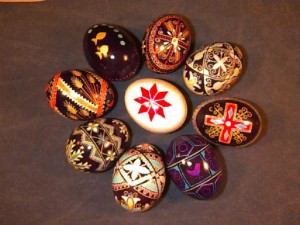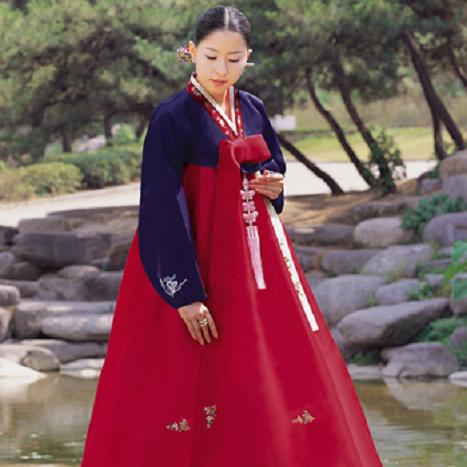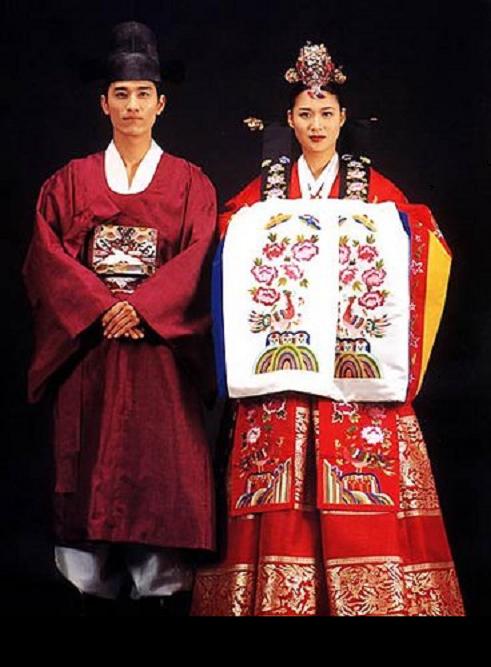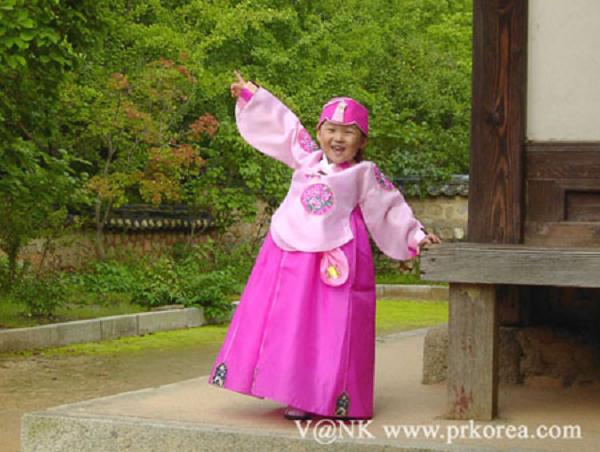Marietta Childrens Game
Version 1:
Eeenie meany missalini
Otchi Katchi Liberachi
I love you
Version 2:
Eeenie meany missalini
Otchi Katchi Liberachi
I hate you
Lauren would play this game with her friends or cousins whenever she was bored. Being half black, half Japanese, and living in Marietta, California her entire life, Lauren spent her entire life hanging out with a variety of friends. She stated that, in every circle of friends she has had during elementary and middle school, they would play this hand game. She said that she noticed that the lyrics or the motions would slightly change from one group to another. Version 1 would be used among people she was not as close to, but were still friends with. Version 2 could be used among her closest peers. When asked about the meaning of this hand game and rhyme, she stated that there was supposed to be no literal meaning behind this game. However, it was just a means of passing time and having fun with your girlfriends.
I believe it is interesting to see that children take such words as love and hate so lightly, which reflect the innocence of their youth. Also, the fact that these random words are clustered together in a way that is pleasing to the ear reflects childrens desire to learn about language. Their frivolous minds just seem to find joy out of repeating words that end in the same vowel. Also, many adults teach their children clapping games such as the one mentioned above because it allows for child and adult communication through play in addition to words.





